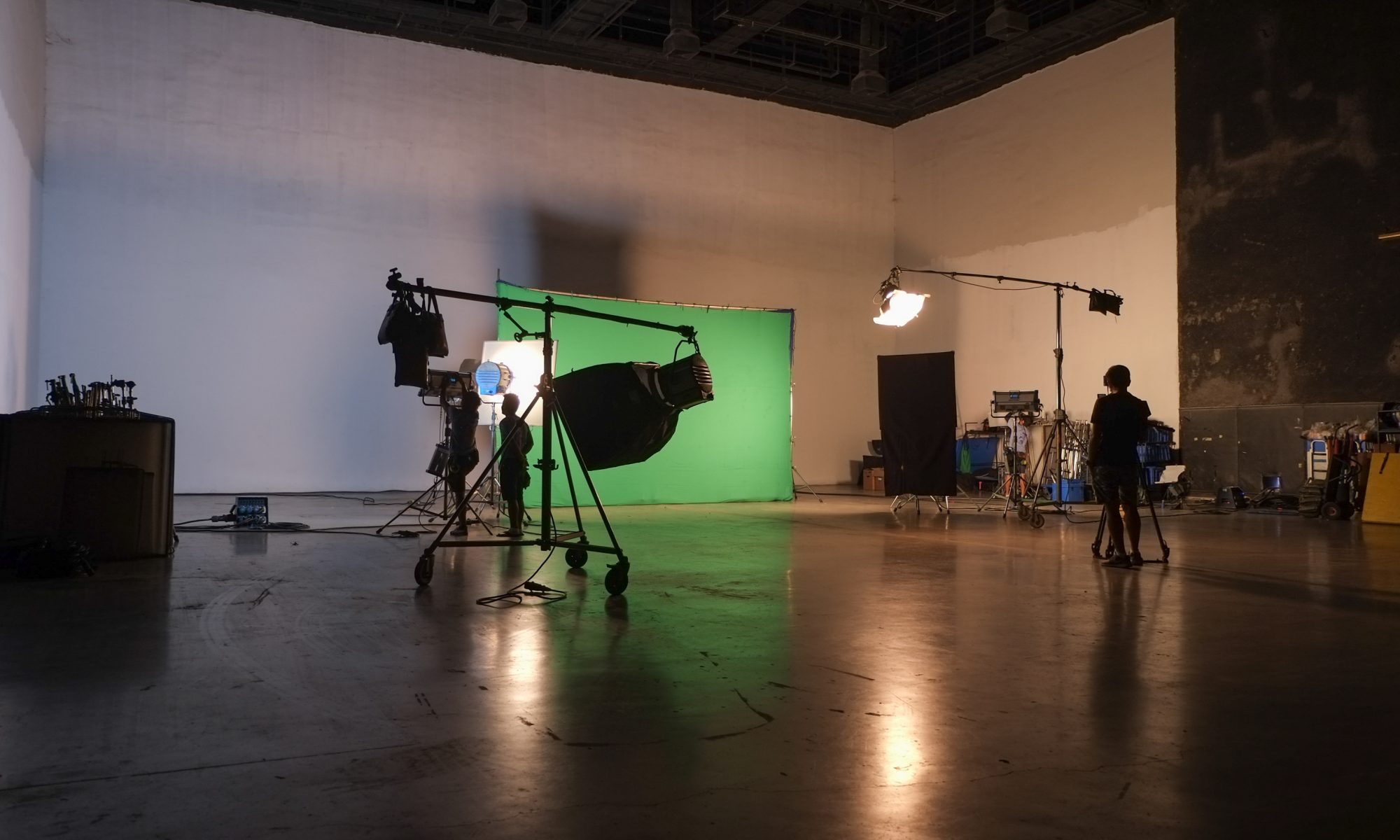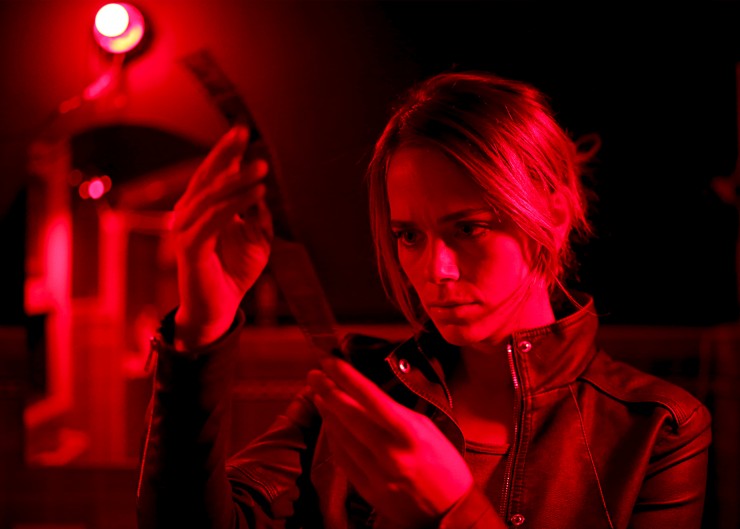One of the first things you will discover when uploading your videos to YouTube / Vimeo / etc is that if you have used Copyright music, you won’t be able to monetise those videos.
You will receive Copyright infringement notices, and in some cases your videos will be taken down by YouTube as you don’t have the rights to use the music in the video.
Fear not however as there are many sources of Royalty Free Music on the internet. Sites such as AudioBlocks can be a great source of sound effects as well as music. Personally, I use Artlist.IO for most/all of my backing tracks as their selections are fresh and regularly updated, and at $199/year the price is right too.
Even better, if you sign up using this referral link, you’ll get 2 months for free! (and I benefit too!) .. which is not to be sneezed at!
So go check out artlst.io today and tell them we sent you! 🙂



